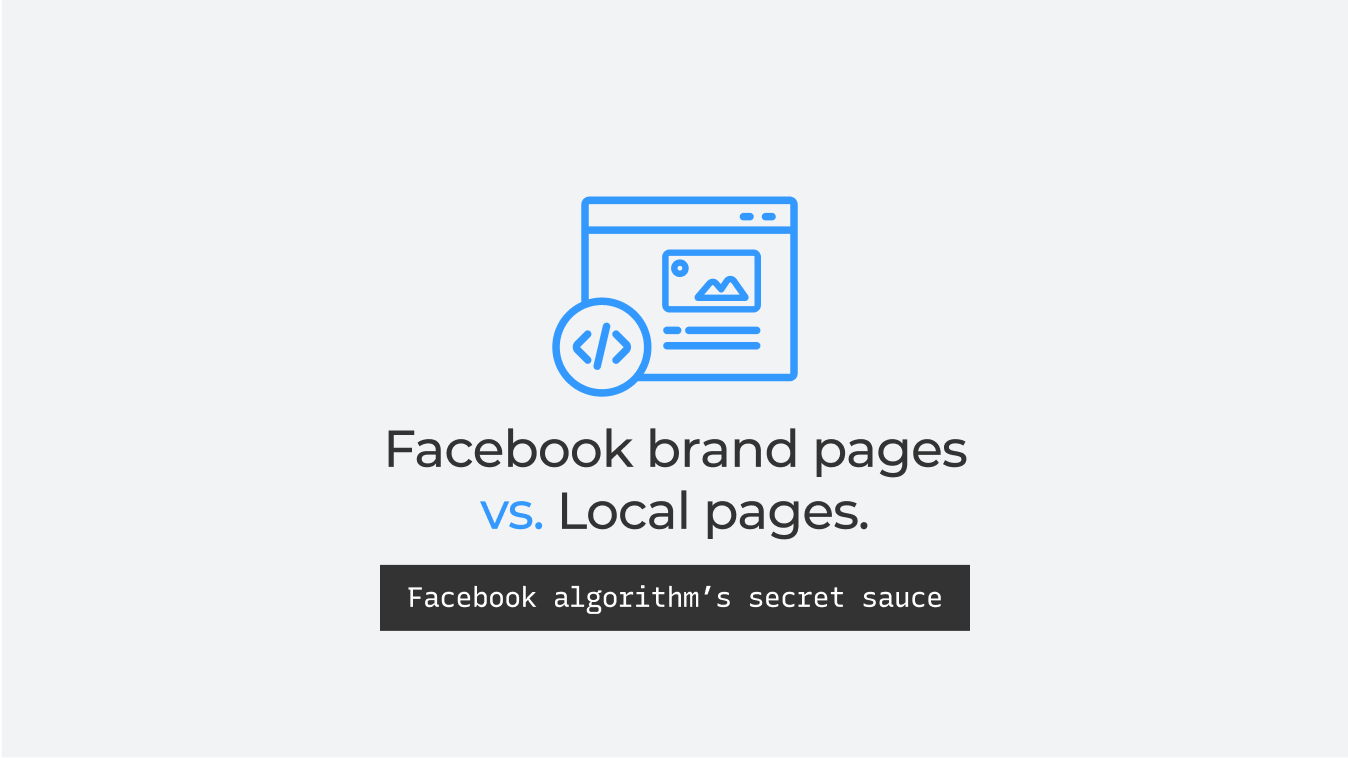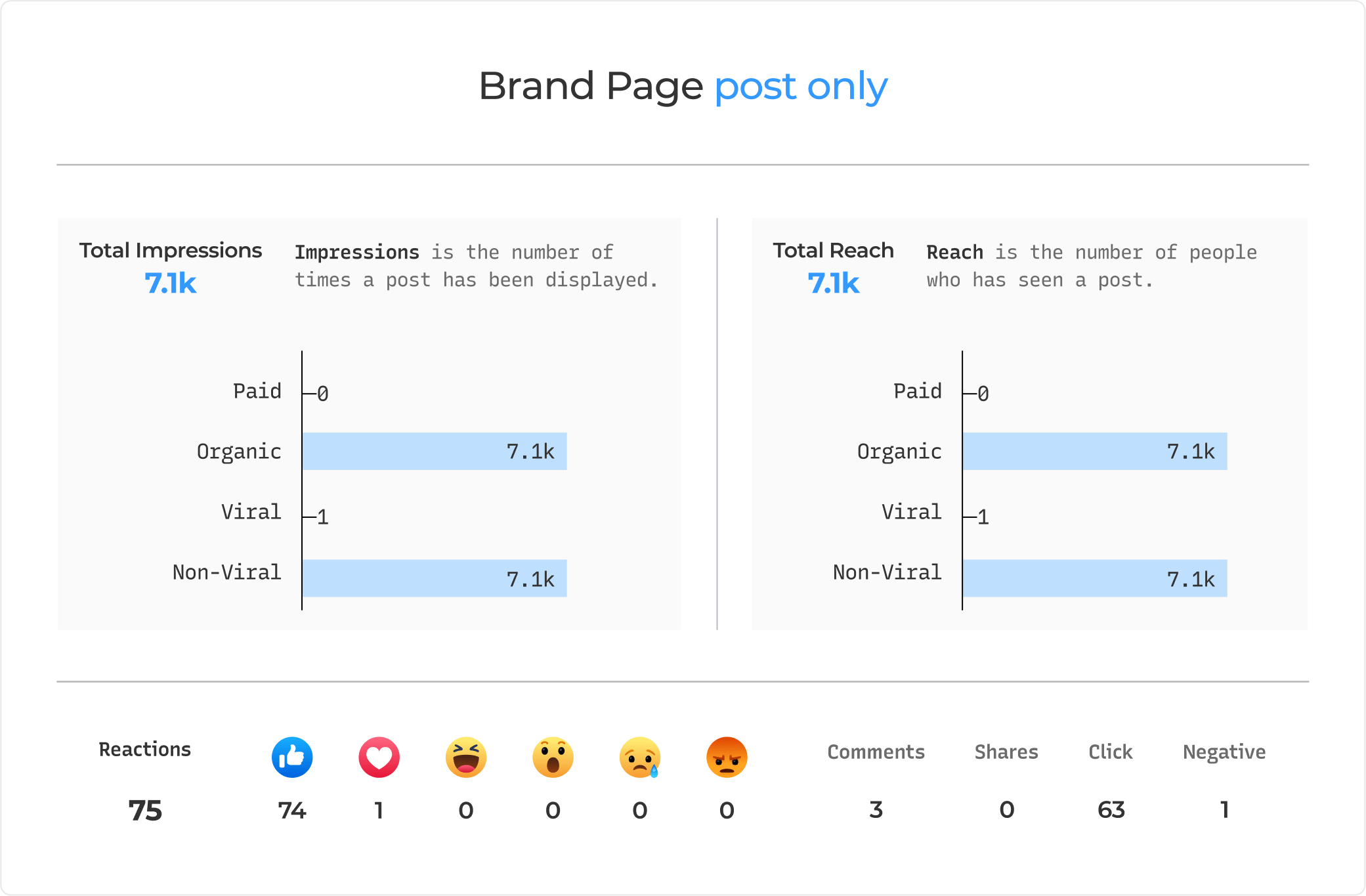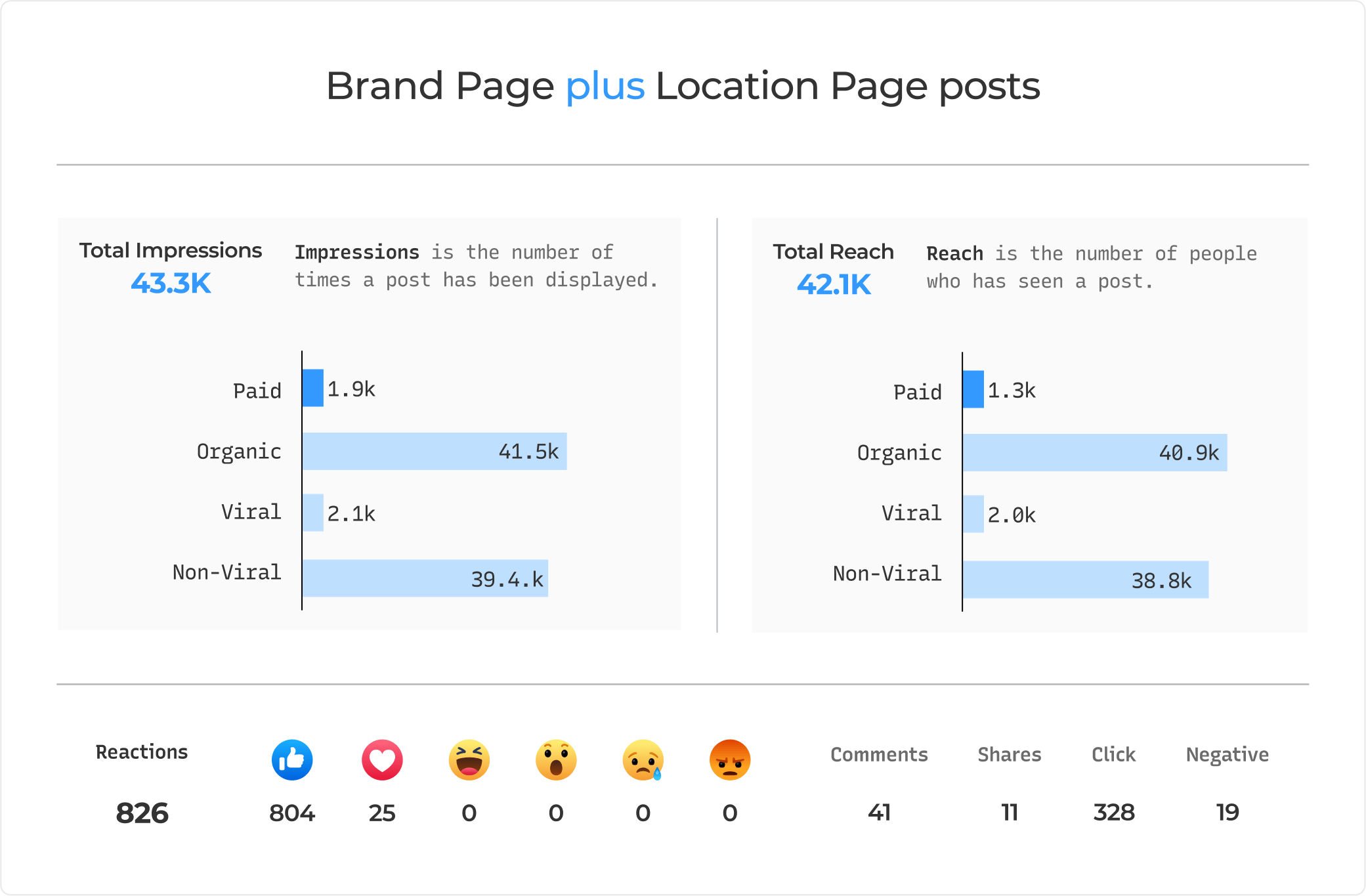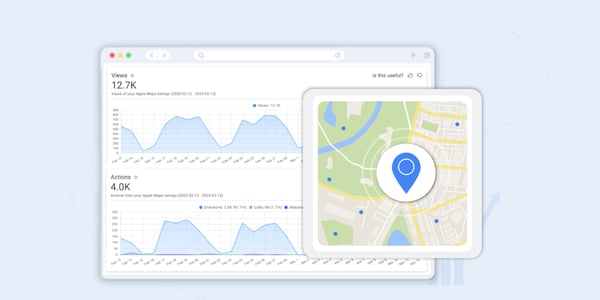
Facebook rewards brands that engage locally. They keep their algorithm’s secret sauce shrouded in mystery and speculation, but it’s clear from the restructuring of their local brand management that they believe the future is local. Here’s how you can benefit from it.
Facebook Brand Pages vs. Local Pages – What’s the Difference?
For multi-location brands, Facebook's structure places a single, worldwide Brand Page at the centre of the brand's online presence. That global brand page serves as a "parent" to the various Location Pages, posting high-level brand content.
Some brands will also have brand pages at the regional level – e.g. pages representing a certain country or a state.
Alternatively, Facebook location pages represent a much smaller audience, usually a single location. These pages will focus on locally relevant info: if there’s a sale going on at the store if a library branch is holding a read-a-thon, and so on.
''We at Asics definitely take a tiered approach. We have a global team that’s in charge of managing the brand as a whole and making sure everything stays consistent across the regions, but at the same time, we do have regional social teams in place to manage those regional pages.'' Abha Gallewale, Asics
Brand Page & Local Page reach
When you post on your Brand Page, you can choose to mirror that post on your Location Pages. At first glance, this appears to be a fantastic opportunity: with just one post, you might reach all of your locations globally!
A closer look reveals that this is not the case: the Brand Page post appears on the individual Locations pages, but it does not appear in the feeds of those location pages' followers, implying that Facebook users will not see those posts unless they visit those individual Location Pages, which is where the majority of unpaid views occur.
The Numbers
Let's look at some data from one of PinMeTo's customers, a home improvement shop chain. We'll look at two sets of results: those from their Brand Page post alone, and those from the Brand Page post along with the 108 Local Posts that accompanied it.
 Brand Page post only
Brand Page post only
 Brand Page plus Location Page posts
Brand Page plus Location Page posts
If this company had used Facebook's built-in Brand Page mirroring function, the post would have only received 7.1k organic impressions, plus whatever number of people hopped onto the local pages and saw the post there.
They got an average of 318 impressions per local post by additionally posting the identical content to their area pages. That may appear insignificant at first glance, but the strength of many tiny positive results will combine to offer your brand one big positive result, and this brand gained an additional 34.3k organic impressions in total.
"Whose marketing team has time to copy and paste posts to all of their location pages?" you may wonder. However, it may be simpler than that. This company was able to publish to both their brand page and their location pages at the same time by using PinMeTo's Posts. The tool also allows for modification, so each post can include location-specific information.
Local posts should be just one part of your larger strategy for local engagement. You’ll also want to:
-
Make sure all your location pages are set up. Facebook allows users to check in and review specific business locations, and Facebook location info is also used in Instagram’s geo-tagging – but you only get this free publicity if you have the local page set up. (PinMeTo’s Listings will help you do that across most major social, search, and maps platforms). If your location page isn’t set up and a user checks in there, a new page is automatically created, with that user as the admin. So be sure to…
-
Claim your location pages, and delete ones that aren’t yours. At best, unclaimed location pages for your location might hide customer reviews, likes, and check-ins. At worst, these fake pages can be a source of misinformation and rogue content.
-
Have value-providing content. Even if you’re able to get your message out everywhere, it won’t resonate unless it’s in line with your brand, and it’s of interest to your audience.
Reviewed: August 8, 2023



